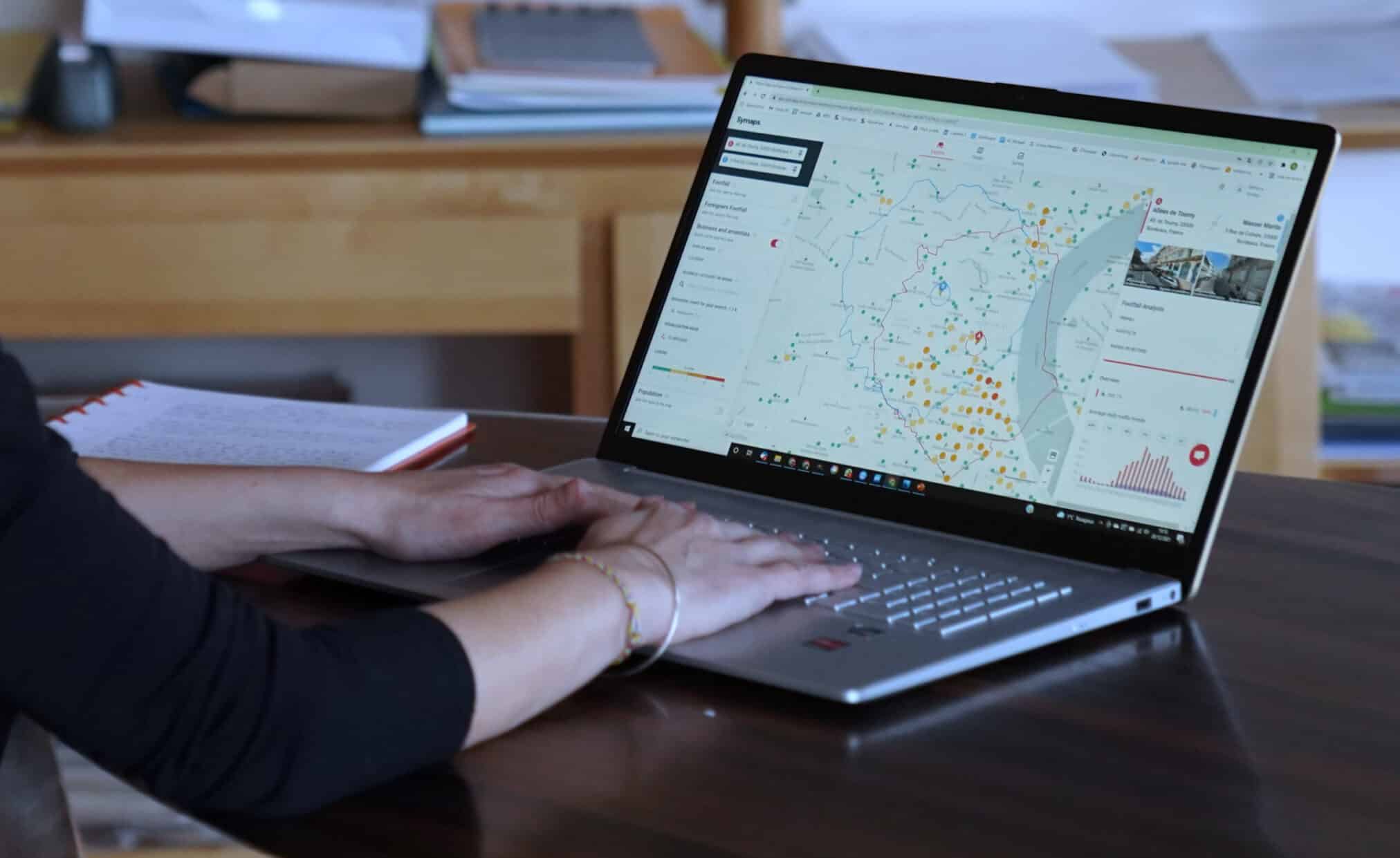4 steps to develop a franchise network
Franchise networks are increasingly popular with professionals for their business creation projects. This business model has many advantages for franchisors (less financial risk, deployment of numerous points of sale, etc.) as well as for franchisees (delivery of a turnkey concept, notoriety of the franchise, etc.).
But to make your business profitable, you need to prepare your project in great detail. Here are all the key steps for developing a franchise network in the best conditions.

Step 1: Analyse the potential of your concept
Having a franchise has advantages and disadvantages for both the franchisor and the franchisee. This partnership can pay off and open up opportunities for all parties if the initial project is well defined.
Draw up an impeccable business plan
Before embarking on your business creation project, you must ensure that it is feasible.
Do you think you have the ideal concept to create a successful franchise system and open shops throughout the country? Perfect! Your motivation is essential to create your business. But to obtain your financing, you must provide objective and concrete elements.
The business plan is the document that presents the development strategy of your franchise network. It is your number one communication tool, the one you will present to banks and future franchisees to convince them. It must contain precise elements (catchment areas analysis, local market study, analysis of the different franchises and networks of competing outlets, etc.). The business plan must present your economic model and provide a projection of development in the more or less long term.
Conduct a life-size test
In order to attract franchisees and make your networked business project a real success story, you must propose a reliable concept, the viability of which has been proven by means of a full-scale test. Your test shop is the showcase of your project. The success of your business reveals your know-how and demonstrates to project owners that your concept is effective.
This pilot shop allows you to check what works and what needs to be rethought. Replicated in a similar context, with the same location conditions, the franchised brands should be as successful. This step is essential to reassure prospective franchisees and encourage them to open a branch in your franchise network.
Step 2: Design the operating manual for your future franchise network
As a franchisor, you must offer a turnkey concept to prospective franchisees. Your company’s operating manual is a recipe for success! This tool allows you to pass on your know-how to the franchisee by providing him/her with the essential information to open a point of sale in optimal conditions.
Thus, the creation of your franchise network requires the development of precise internal procedures for the franchisees. This support must be perfectly detailed and contain information on the management of each outlet, in particular:
– marketing
– management and human resources management
– customer relations
– the interior design of the outlet.
Designing the operating manual for your franchise network is essential to the success of your project. Franchisees should not simply apply these procedures, they need to understand them in order to fully adhere to them.
Step 3: Draw up the legal documents
From a strictly legal point of view, a franchise is a contract by which the franchisor allows the franchisee to use a certain number of resources and tools for the development of its business, in exchange for the payment of a fee. The development of the network requires the completion of legal formalities strictly regulated by the Commercial Code.
The pre-contractual information document (DIP)
Since the Doubin law came into force in 1991, the franchisor has been obliged to provide project owners with a pre-contractual information document (DIP). It allows potential candidates to find out how to become a franchisee and under what conditions.
The content of this document is set out in Article L.330-3 of the Commercial Code. It is a decision-making tool for any professional considering joining the franchise network. It provides a transparent overview of the company’s current situation, its potential for commercial development, the future locations planned, and also the conditions for joining the franchise (entry fees, personal contribution and investment required, duration of the contract, etc.).
The DIP must include in particular a local market report give an overview of the market around an address with key figures that make it possible to establish its size, the type of clientele, the competitive environment, etc.
The franchise contract
Franchise contracts differ from one company to another, but they must all contain a common base of information. They provide a framework for the franchisor-franchisee relationship by defining the rights and obligations of each party.
The franchise agreement must contain in particular
Information on the parties (names, contact details, legal status of the entity created by the franchisee, etc.);
The purpose of the franchise;
The financial terms of entry into the franchise (royalty, entry fee, etc.);
The support services and their cost (commercial assistance, communication media, website, training, etc.);
The geographical area in which the outlet is located;
The conditions of use of the trade name;
Compliance with the professional obligations inherent to the franchise sector;
The conditions for transferring the outlet to a potential buyer;
The terms and conditions for terminating the contract.
Step 4: communicating to make your franchise network known
As a franchisor, you are responsible for developing the reputation of your franchise network. This is part of the commitments you have made to your franchisees, who agree to pay to use your brand image. It is therefore an essential step in continuing to attract new franchisees and increasing the number of locations.
If you have followed the various stages of creating a franchise network, you will normally have defined your development strategy in your business plan (catchment areas, development of an international franchise, number of sales outlets to be opened each year, etc.). You must therefore implement the communication actions that will enable you to meet your objectives.
The various marketing campaigns you will implement must reflect your company’s values and meet the expectations of your prospects. Advertising, presence on social networks, product packaging, decoration of the points of sale: to hope to develop the concept that you have imagined for your franchise, you must take care of your communication in every detail.
Share post
Streamline Your Location Finding Efforts
Site selection – Strategic planning – Coverage analysis – Network optimisation – Expansion simulations – Local market research
Get started today with a free demo and see first-hand how Symaps geomarketing solution can help!
